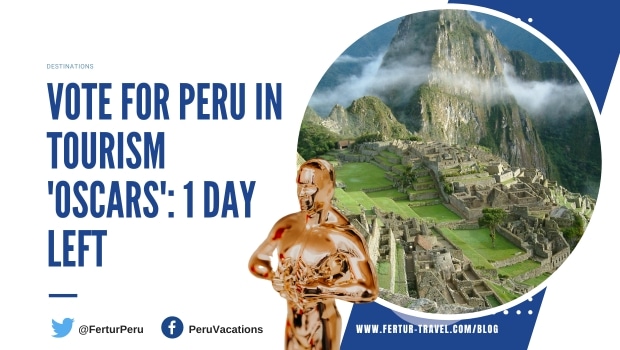
World Travel Awards: One Day Left to Vote for Peru in the ‘Oscars of Tourism’
Peru is once again a standout competitor in the 31st edition of the World Travel Awards South America 2024, with 17 nominations.
There is still one day left to vote!
Leading the nominations is Machu Picchu, a national tourism symbol, UNESCO World Heritage site, and one of the New Seven Wonders of the World. The iconic Inca citadel is aspiring to be crowned as the best tourist attraction in South America for the seventh consecutive time. Remember that the deadline for voting is tonight at midnight on Sunday, April 7th.
Peru is a treasure trove of biodiversity, boasting a variety of ecosystems from the Amazon rainforest and majestic Andes mountains to the tranquil coastal deserts, making it perfect for Peru nature tours. With over 60 national parks and reserves covering more than 20% of the country, visitors during the dry season, from May to October, can immerse themselves in unparalleled natural splendor.
Embracing sustainable tourism within these biodiverse hotspots not only allows for exploration but also plays a crucial part in conservation efforts. For those keen on birding tours in Peru, the Amazon, Tambopata National Reserve, and Manu National Park tours offer glimpses into the unique wildlife of Peru, including the plethora of bird species that call this magnificent country home.
Peru’s Natural Marvels and Award-winning Destinations
Peru’s nature tours spotlight its award-winning destinations, each a testament to the country’s rich biodiversity and cultural heritage. Notable mentions include:
- Manu National Park & UNESCO World Heritage Site: Home to over 1,000 bird species and a sanctuary for mammals like monkeys, bears, and jaguars. This park is a pinnacle of Amazonian wilderness.
- Tambopata National Reserve: Famous for its vibrant clay licks that attract thousands of parrots and macaws, offering a spectacular display of color and sound 1.
- Machu Picchu Historical Sanctuary: Not just an archaeological marvel but also a biodiversity hotspot, this UNESCO site is nestled within lush Peruvian landscapes, offering a unique blend of history and nature.
These destinations, along with others like Huascaran National Park known for its giant puya raimondi plants and wildlife, and the Pacaya Samiria National Reserve, housing an extensive array of bird species and elusive jaguars, make Peru a haven for nature enthusiasts and adventure seekers alike.
Sustainable Tourism and Conservation Efforts
In the heart of Peru’s efforts to harmonize tourism with nature conservation, sustainable tourism emerges as a pivotal force. This approach is multifaceted, focusing on:
- Environmental conservation: Initiatives like INRENA’s enforcement of logging regulations and reforestation projects across Peru’s Amazon forests underscore a commitment to preserving the nation’s lush biodiversity. The Ministry of the Environment, established in 2008, plays a crucial role in overseeing these efforts, ensuring that Peru’s natural beauty remains intact for generations to come .
- Community empowerment and cultural preservation: Sustainable tourism in Peru isn’t just about environmental stewardship; it’s also deeply rooted in supporting local communities and safeguarding cultural heritage. By staying in locally owned accommodations, shopping at fair trade establishments, and engaging with local artisans, tourists contribute directly to the local economy and help maintain the cultural fabric of the region. This model of tourism encourages respectful interactions with indigenous communities and promotes a deeper understanding of Peru’s rich cultural landscape.
- Responsible travel practices: To mitigate the impact of tourism, both visitors and tour operators are encouraged to adopt responsible travel practices. This includes minimizing carbon footprints, respecting local cultures, and supporting conservation efforts through eco-friendly accommodations and tours. Companies like Inkaterra exemplify this ethos, operating carbon-neutral properties and contributing significantly to conservation efforts, thus setting a benchmark for responsible tourism in Peru.
What Makes Peru a Top Tourism Award Contender
Peru’s exceptional standing in the global tourism sector is underscored by its remarkable record of nominations at the World Travel Awards, a prestigious accolade that celebrates excellence across all key sectors of the travel, tourism, and hospitality industries. With a total this year of 17 nominations in 16 categories, these recognitions highlight:
- Global Recognition: The nominations serve as a testament to Peru’s unparalleled natural beauty, rich cultural heritage, and commitment to sustainability and conservation, positioning it as a leading destination for nature and adventure enthusiasts worldwide.
- Industry Excellence: Being nominated multiple times signals Peru’s consistent delivery of high-quality experiences and services to tourists, further cementing its reputation as a top-tier destination for travelers seeking unique and memorable adventures.
- Benchmark for Sustainability: These nominations not only celebrate Peru’s natural and cultural attractions but also underscore its efforts in promoting sustainable tourism practices, showcasing how responsible travel can contribute to the preservation of global biodiversity hotspots.
The significant number of nominations Peru has received at the World Travel Awards illuminates the country’s dedication to creating and maintaining a tourism industry that is both world-class and mindful of its environmental and cultural impact, making it a top contender for tourism awards globally.
Cultural Richness and Indigenous Heritage
Peru’s cultural richness and indigenous heritage are as diverse and vibrant as its natural landscapes. This section delves into the heart of Peru’s cultural identity, offering insights into its historical depth and contemporary expressions.
- Languages and Ethnic Diversity
- Peru celebrates a linguistic heritage with 48 indigenous languages recognized by UNESCO.
- The nation is home to a mosaic of ethnic groups, including Quechua, Aymara, and over 40 other indigenous communities, primarily in the Amazon.
- Official languages include Spanish, Quechua, and Aymara, reflecting the country’s rich tapestry of cultures.
- Historical and Cultural Sites
- UNESCO World Heritage sites such as the City of Cusco and Machu Picchu echo the advanced civilization of the Inca Empire and its architectural prowess.
- The Spanish colonial legacy is evident in the architecture and urban planning of cities like Lima, Arequipa, and Trujillo.
- Cultural Expressions and Practices
- Indigenous cultures thrive through traditional practices, languages, and customs, enriching Peru’s cultural landscape.
- Folklore, festivals, and culinary excellence, such as the Inti Raymi (Festival of the Sun) and Peru’s renowned cuisine, showcase the vibrant expressions of the country’s cultural diversity.
- Contemporary arts, including painting, sculpture, and textiles, alongside traditional music and dance, like the melodies of the Andean flute and the beats of the cajón, are integral to Peruvian culture.
This rich cultural fabric, woven from ancient civilizations, colonial history, and indigenous traditions, positions Peru as a beacon of cultural diversity and heritage.
Peru’s Diverse Natural Landscapes
Peru’s Diverse Natural Landscapes are a testament to its geographic and ecological variety, inviting adventurers to explore its three broad longitudinal regions: the Costa, the Sierra, and the Amazonia.
- The Costa: This coastal strip along the Pacific Ocean is characterized by its arid desert climate, with temperatures ranging from 18 – 26 ËšC and minimal rainfall, making it a unique ecosystem for Peru nature tours.
- The Sierra: Dominated by the rugged Andes and the Altiplano plateau, this region boasts the country’s highest peak, Huascarán. Its varied climate includes mild, temperate zones and colder, alpine areas at higher elevations.
- The Amazonia: Covering over 60% of Peru, this region is home to the dense cloud forests of the Amazon Basin and a hot, humid climate, with rainfall exceeding 2,000 mm annually. It’s a biodiversity hotspot, with Manú National Park and Biosphere Reserve alone hosting 1,005 bird species, 222 mammal species, and over 3,000 plant species.
These distinct regions, coupled with Peru’s position within the tropics and its diverse topography, contribute to its status as one of the world’s most biodiverse countries, offering a rich tapestry of climates and ecosystems for explorers.
Award-Winning Nature Reserves and National Parks
Peru’s award-winning nature reserves and national parks are cornerstones of its biodiversity and draw adventurers from around the globe. Here’s a snapshot of some of these breathtaking sites:
- Huascarán National Park: Nestled in the Ancash department, this UNESCO World Heritage Site showcases snow-capped peaks reaching up to 22,204 feet. It protects the Cordillera Blanca habitat, including Mount Huascarán, Peru’s highest mountain.
- Manu National Park: Spanning the provinces of Paucartambo (Cusco) and Manu (Madre de Dios), this park is a UNESCO World Heritage Site celebrated for its rich fauna and stunning landscapes. It’s a must-visit for nature lovers, offering a deep dive into the Amazon Rainforest’s heart.
- Amazon Rainforest Gems:
- Tambopata National Reserve: This reserve is a prime location for witnessing Peru’s incredible wildlife and engaging with rainforest communities, covering 274,690 hectares of lush rainforest.
- Pacaya Samiria National Reserve: One of Peru’s largest reserves, it spans 2 million hectares and supports a diverse population of wildlife, including jaguars and sloths.
These sanctuaries not only offer a gateway to exploring Peru’s rich biodiversity but also play a critical role in conservation efforts, embodying the essence of sustainable tourism and adventure.
Bird Watching: A Gateway to Peru’s Biodiversity
Bird Watching: A Gateway to Peru’s Biodiversity offers an unparalleled experience for nature enthusiasts, blending the thrill of exploration with the serene beauty of observing Peru’s avian inhabitants in their natural habitats. With 1879 species of birds, Peru stands as a bird watching paradise, especially during the arid season from May to October, when conditions are most favorable.
Essential Bird watching Gear:
- Binoculars and camera for spotting and capturing moments
- Field guidebook and journal for identification and notes
- Weather-appropriate clothing and insect repellent for comfort
Noteworthy Bird Species and Locations:
- Endemic and Endangered: Marvelous Spatuletail, Long-whiskered Owlet, White-winged Guan
- Migratory Birds: Various species of shorebirds and warblers
- Prime Locations: Manu National Park, Tambopata National Reserve, and regions across Southern, Central, and Northern Peru offer habitats for diverse species including the Andean Condor and Humboldt Penguin
Photography Tips for Birdwatchers:
- Utilize a camera with an adjustable focal point
- Practice patience and familiarize yourself with bird habits
- Pay attention to illumination, frame arrangement, and focus for stunning images 5
This section underscores the rich biodiversity of Peru, inviting travelers to immerse themselves in the vibrant world of birdwatching, supported by experienced guides, accommodations, and a comprehensive approach to wildlife exploration.
FAQs
What makes Machu Picchu a must-visit destination for tourists?
Machu Picchu captivates visitors with its stunning architectural marvels and its significant historical and cultural heritage, earning it global recognition and admiration.
How diverse is Peru’s wildlife and plant life?
Peru is a treasure trove of biodiversity, boasting over 20,375 plant species, 523 mammal species (ranking 5th globally), 1,879 bird species (1st globally), 624 amphibian species (4th globally), and 2,145 fish species (leading the world). Additionally, it is home to 4,000 butterfly species and more than 4,500 potato varieties, both ranking first in the world in their respective categories.
 Trip to Peru: Lima’s street theatre renaissance
Trip to Peru: Lima’s street theatre renaissance  Lima voted TOP property in MONOPOLY HERE & NOW: World Edition
Lima voted TOP property in MONOPOLY HERE & NOW: World Edition 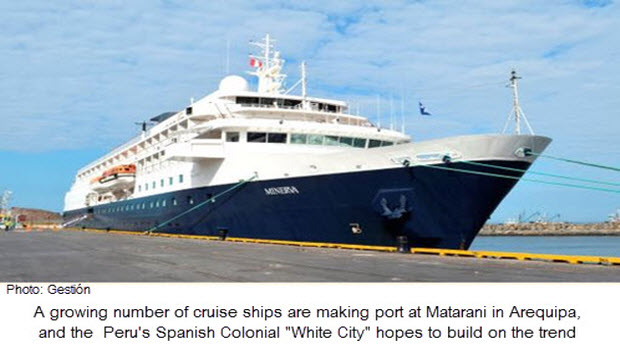 Make Arequipa a port of call on a luxury cruise vacation
Make Arequipa a port of call on a luxury cruise vacation  Arequipa tour attraction Juanita mummy placed in deep freeze
Arequipa tour attraction Juanita mummy placed in deep freeze 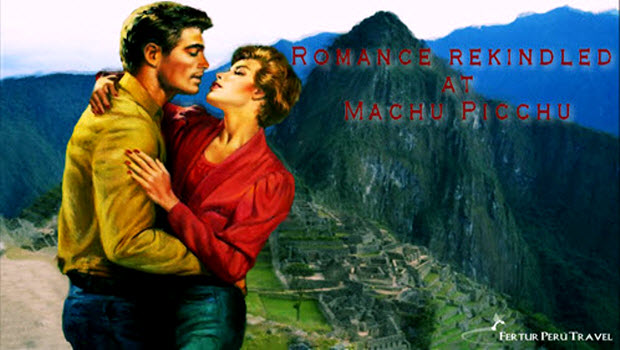 The romantic journey to Machu Picchu
The romantic journey to Machu Picchu 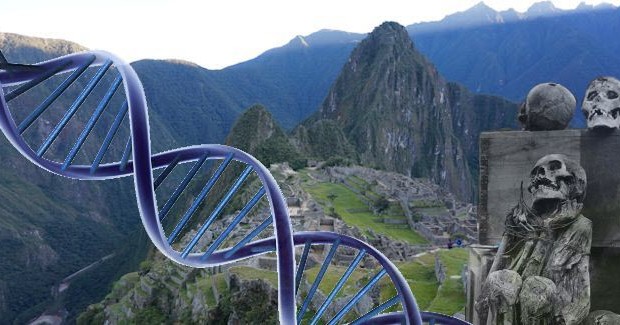 Scientists to Study Ancient DNA to Unravel the Mystery Of Machu Picchu
Scientists to Study Ancient DNA to Unravel the Mystery Of Machu Picchu 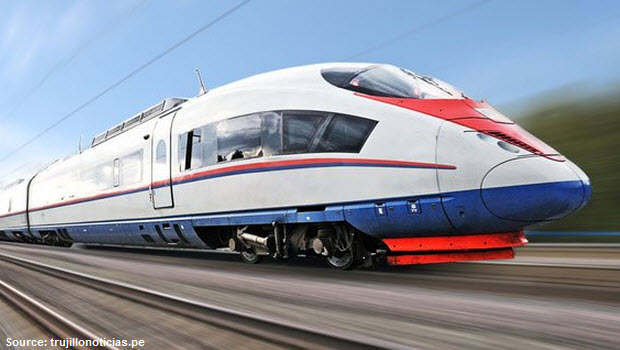 Travel News: Coast Rail planned for Peru
Travel News: Coast Rail planned for Peru 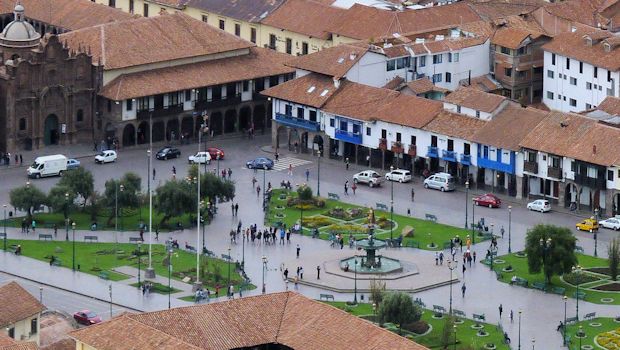 Pilot project: Cusco’s main plaza a vehicle-free pedestrian zone
Pilot project: Cusco’s main plaza a vehicle-free pedestrian zone